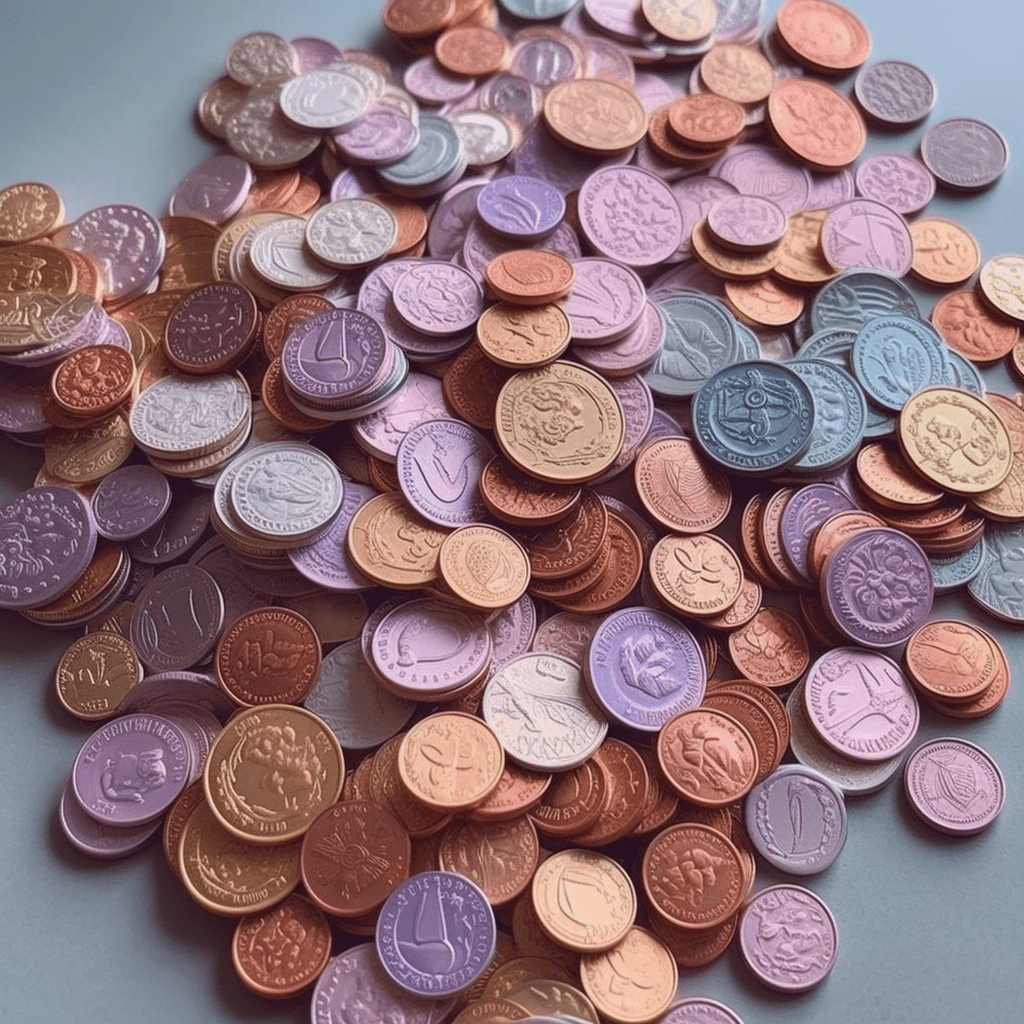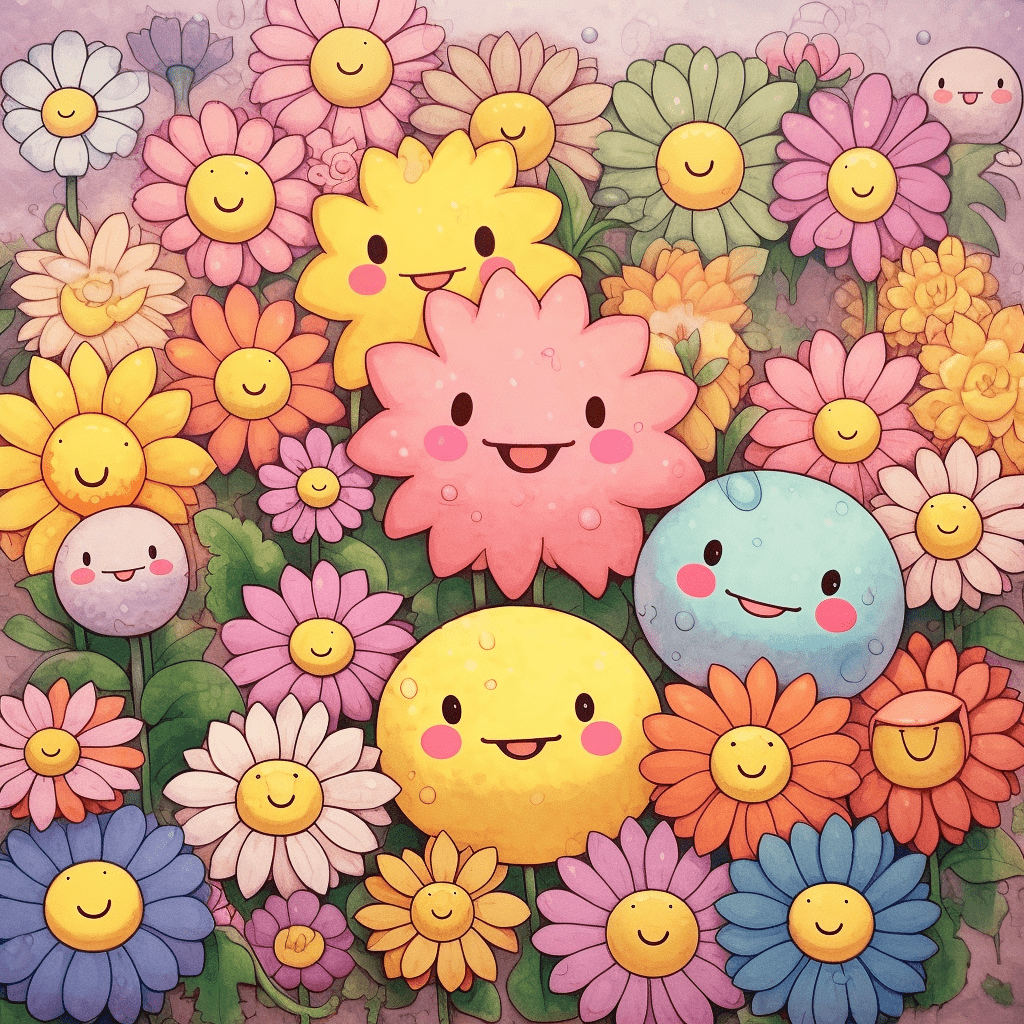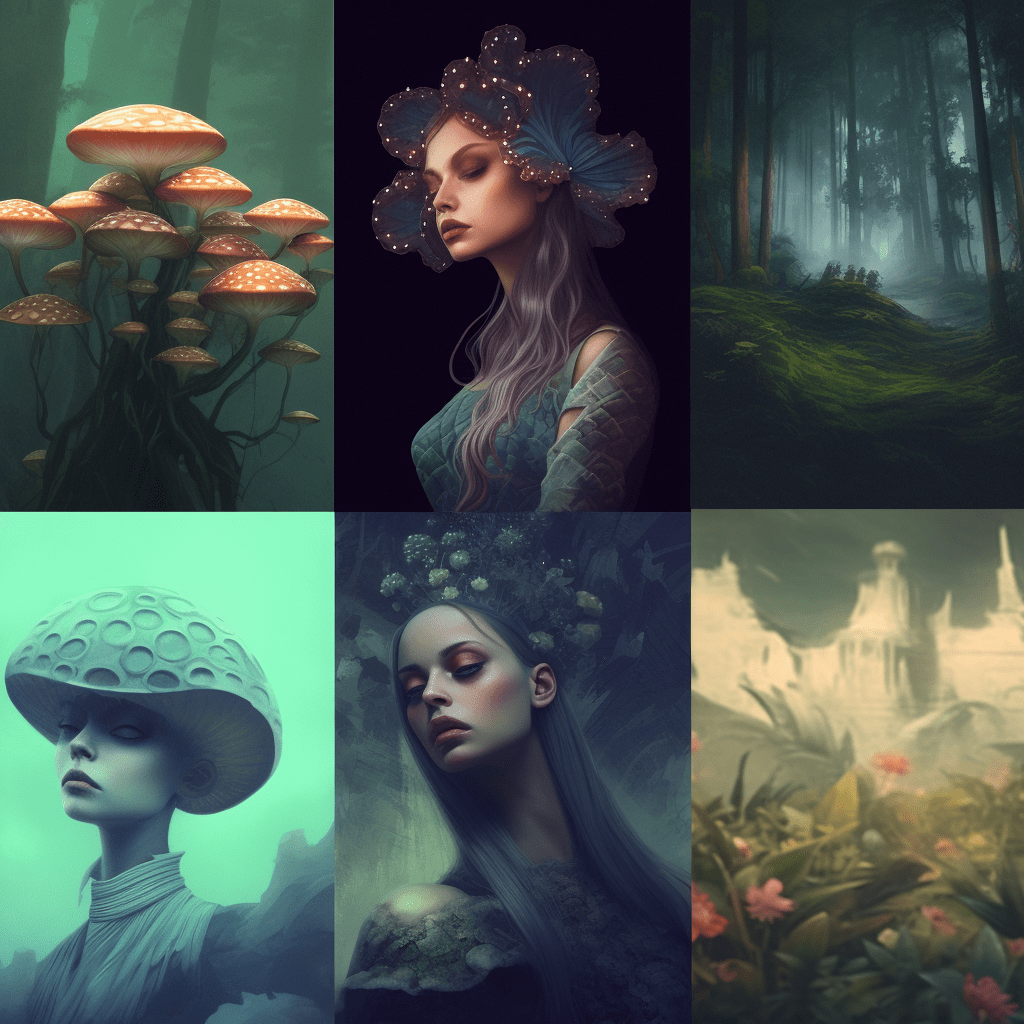As the world of blockchain art continues to flourish, understanding the terms and acronyms unique to this growing industry is essential. Grasping the language of non-fungible tokens (NFTs) can help you navigate the intricate art market, engage with creators, make informed purchases, and appreciate innovative art pieces. This article provides a comprehensive explanation of key NFT terms to enhance your understanding of blockchain art.

Non-Fungible Token (NFT)
An NFT is a digital asset that represents ownership and authenticity of a unique item or piece of content. Typically used for digital art, collectibles, or virtual goods, NFTs are indivisible and cannot be exchanged on a one-to-one basis like cryptocurrencies.
Blockchain
The technology that underpins NFTs is blockchain – a distributed digital ledger that stores data across multiple computer networks. It allows for decentralized, secure, and transparent transactions, including the minting and trading of NFTs. Ethereum is the most popular choice for creating NFTs, but alternatives include Binance Smart Chain, Solana, and Flow.
Smart Contract
A fundamental aspect of NFT creation and management is the smart contract. These are self-executing contracts with the agreement’s terms directly written into lines of code. Smart contracts enable the generation, transfer, and trading of NFTs, as well as royalties and additional features.
ERC-721 and ERC-1155

ERC-721 and ERC-1155 are Ethereum-based token standards that facilitate the creation and management of NFTs. ERC-721 is the original standard used for unique, non-fungible tokens, while ERC-1155 allows for both fungible and non-fungible tokens in the same contract, providing greater flexibility and efficiency in the management of digital assets.
Minting
Minting refers to the process of creating an NFT and adding it to the blockchain. During minting, artists upload their digital creations, provide descriptive information (metadata), and assign unique identifiers to the tokens, ensuring their uniqueness and scarcity.
Gas Fees
When minting or trading NFTs on networks like Ethereum, users must pay gas fees. These fees cover transaction costs in the form of computational power required to execute operations on the blockchain. Gas fees typically fluctuate depending on network congestion and can be influenced by demand and transaction complexity.
Digital Wallet
A digital wallet is a software program that securely stores and manages cryptocurrencies, NFTs, and other digital assets on a specific blockchain network. Examples of popular digital wallets for managing NFTs include MetaMask, Trust Wallet, and Ledger. Users must have a compatible wallet to mint, buy or sell NFTs.
Royalties

Royalties are a significant aspect of the NFT market, ensuring a creator receives ongoing compensation each time their artwork is sold or traded on secondary markets. By using smart contracts, artists can set a predetermined percentage of each sale as a royalty, providing a recurring income stream.
Provenance
Provenance signifies the ownership history and authentication trail of a digital asset. Blockchain technology allows for transparent and accurate provenance tracking, helping establish an NFT’s rarity, value, and legitimacy.
Marketplace
NFT marketplaces are digital platforms where artists and collectors can mint, buy, sell, and discover NFTs. These include well-known Ethereum-based marketplaces like OpenSea, Rarible, and Foundation, as well as specialized or niche platforms catering to specific networks, audiences, or sectors.
Fractional Ownership
With the rise in popularity and value of high-profile NFTs, fractional ownership has emerged to enable multiple investors to share ownership of a single digital asset. Fractionalized NFTs are divided into smaller tokens, allowing a more diverse pool of investors to access and trade high-value NFTs in the market.
DeFi: Decentralized Finance and NFT Integration
DeFi refers to decentralized financial applications built on blockchain networks, primarily Ethereum. NFTs are increasingly integrated with DeFi protocols for loans, staking, and fractional ownership. This development expands the financial applications of NFTs within the broader cryptocurrency ecosystem.
PFP: Profile Picture Projects and Community Building

Profile picture (PFP) projects have become a significant trend in the NFT landscape, wherein digital collectibles are used as profile pictures on social media platforms. These projects often include exclusive or limited edition NFTs that reflect an individual’s digital identity, interests, or affiliations with a specific community.
In conclusion, familiarizing yourself with NFT terminology is critical for successfully navigating the world of blockchain art. As these digital assets continue to gain prominence across various industries, understanding the key terms will empower you to make informed decisions, engage with the ecosystem, and appreciate the fusion of art and technology shaping the future of creativity.
